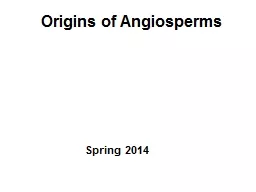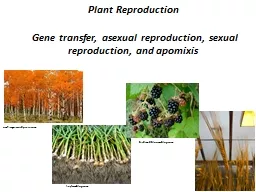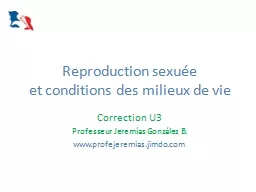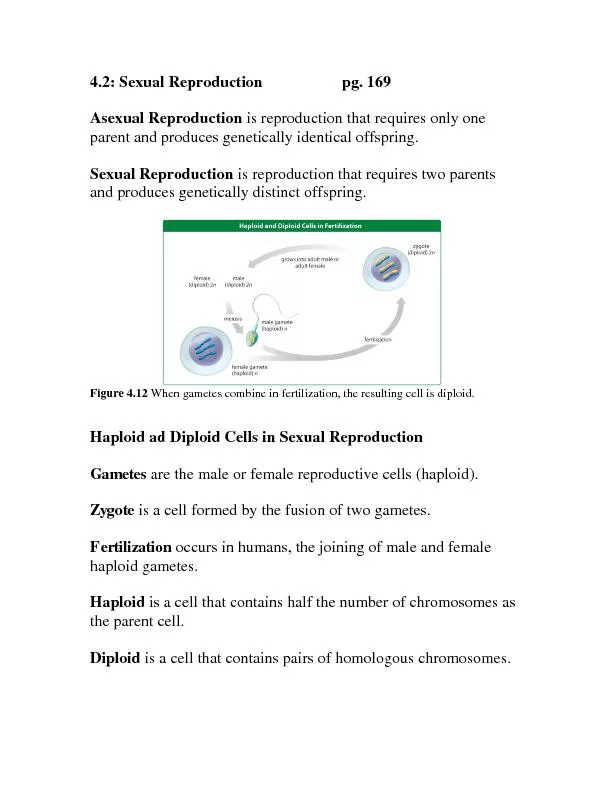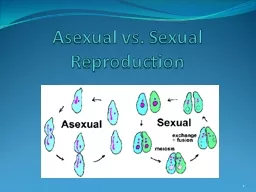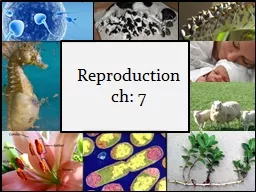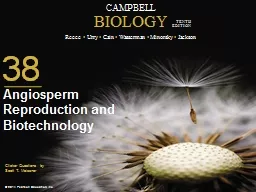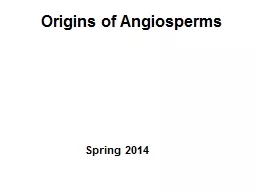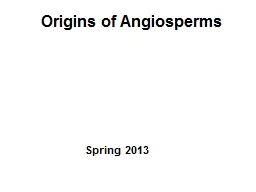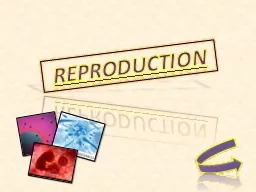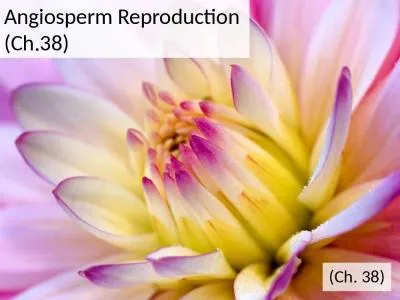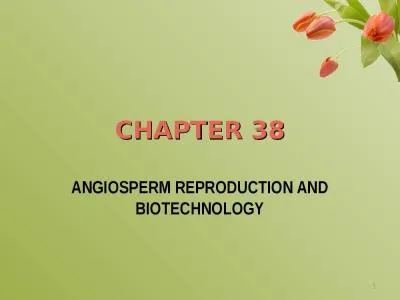PPT-Angiosperm Reproduction
Author : mitsue-stanley | Published Date : 2019-12-09
Angiosperm Reproduction Ch38 Ch 38 Charophyceans Bryophytes nonvascular plants Seedless vascular plants Gymnosperms Angiosperms Rafflesia arnoldii monster flower
Presentation Embed Code
Download Presentation
Download Presentation The PPT/PDF document "Angiosperm Reproduction" is the property of its rightful owner. Permission is granted to download and print the materials on this website for personal, non-commercial use only, and to display it on your personal computer provided you do not modify the materials and that you retain all copyright notices contained in the materials. By downloading content from our website, you accept the terms of this agreement.
Angiosperm Reproduction: Transcript
Download Rules Of Document
"Angiosperm Reproduction"The content belongs to its owner. You may download and print it for personal use, without modification, and keep all copyright notices. By downloading, you agree to these terms.
Related Documents


